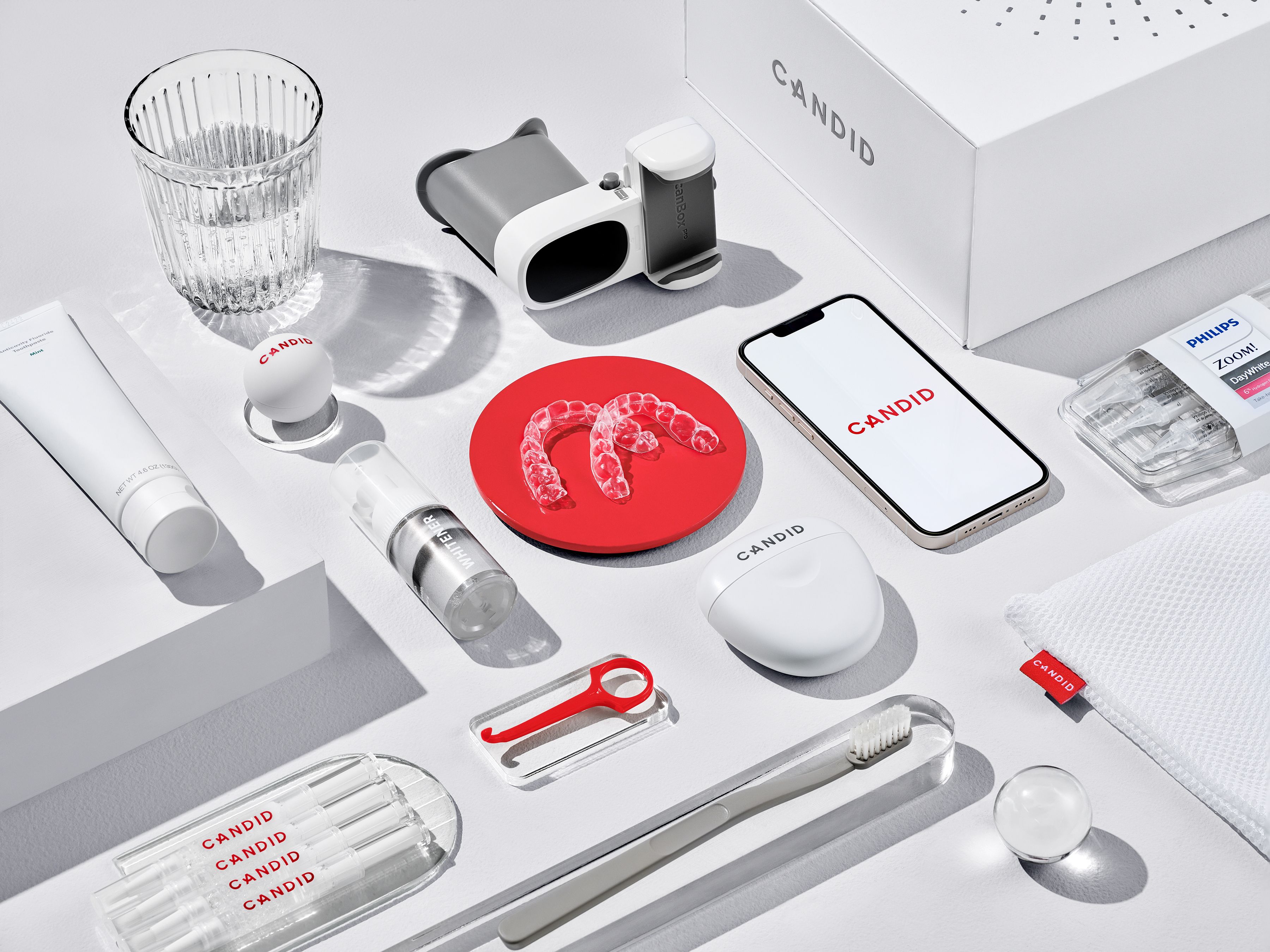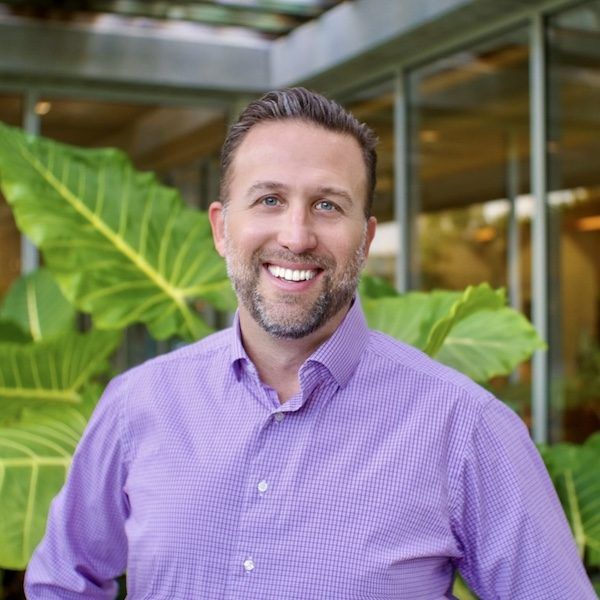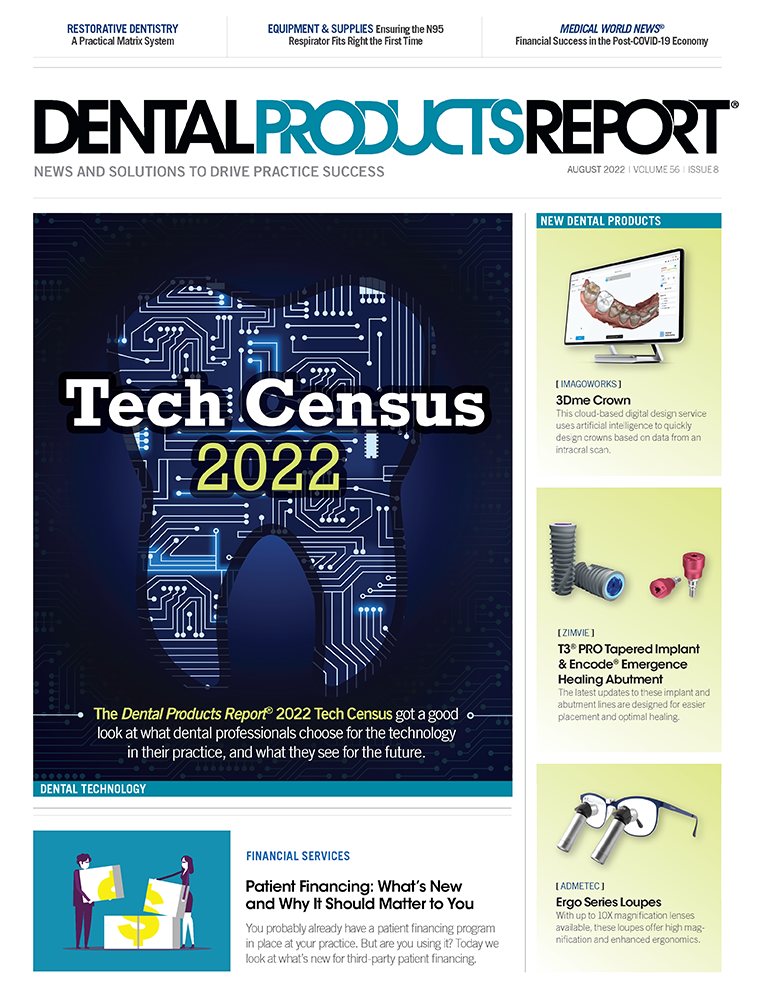The Practice
Craig Spodak, DMD, is a third-generation dentist who joined his father’s practice, Spodak Dental Group in Delray Beach, Florida, in 1998. He took over the practice in 2006 and it has since grown into a 13,000-square-foot facility that houses 18 operatories, 10 general and specialty clinicians, and 54 team members. The practice offers orthodontics, oral and maxillofacial, plastic, and periodontal surgery, as well as other specialty services.
The Prior Solution
Dr Spodak currently uses both Candid and another clear aligner in his practice. However, he believes that Candid is likely a better starting point for clinicians who haven’t tried orthodontics yet.
“We’re talking about general dentists looking to expand and diversify their portfolio—this is a wonderful thing for them, it really is. And if I had to recommend to the people that are not doing [orthodontics] right now, this is the way I’d recommend them doing it.”
Upgrade Inspiration
Dr Spodak had heard mention of Candid through colleagues, he says. “A couple of doctors had started talking about it and that there was a more fluid solution for the typical general practitioner who is either not using orthodontics or afraid to move teeth or afraid to start.”
Age inappropriate wear and crowding are affecting many patients, yet their dentists are not speaking to them about occlusion, he continues.
The New Solution
CandidPro
CandidPro is an Orthodontics as a Service solution that lets dental practices treat clear aligner cases with enhanced clinical oversight in as few as 2 office visits. Candid offers 2 suites of tools and support: One for clinicians, which includes treatment planning by a US licensed orthodontist, patient tracking, a doctor portal, and practice support; the other for patients, including remote monitoring, CandidApp, CandidMonitoring, and 7/365 support. Both suites work together to provide optimal outcomes and efficiency. Patients receive affordable, custom-fit, premium orthodontic aligners at home, while still receiving professional-led care.
Candid
844-295-6915 | candidco.com/candid-professional
“The best dentistry is [often] no dentistry, in my humble opinion,” Dr Spodak says. “The problem in the marketplace is that there’s not a solution to provide what I consider an orthodontic partner to those most general dentists who are just afraid to do it. So I see Candid as the perfect fit. With the other companies, it just is too steep of a learning curve. It’s too scary for them, they need someone to partner with them. And then from an infrastructure standpoint, they need that as well, and that’s what Candid provides.”
The Benefits
The plastics used in clear aligners have greatly improved over the last several years, Dr Spodak says. But it’s really the process and the behind-the-scenes support that sets Candid apart from other clear aligner manufacturers.
“It’s about having an orthodontic partner to help you design the cases, having someone in case you feel things may go awry or wrong. And then having the tech support to manage your patients so that you can grow and scale your business…”
Dr Spodak also points to the technology behind Candid as one of his favorite features, including the Scanbox Pro scanner. In addition, he says, Candid creates a halo effect around your practice.
“They mastered the packaging, they have amazing technology, the Scanbox Pro, and it really creates a halo effect for your practice,” he says. “[Patients] get this cool scanner. So [patients] don’t say, ‘Candid is cool.’ [They] say, ‘My dentist is cool. Look what my dentist gave me. Oh, you’re going in for visits, I can scan it.’ There’s a halo effect for that. That’s probably the coolest part.”
What’s Up Next
Dr Spodak says he would love to see Candid add retail scanning centers, which could make it easier for patients to access care. He also mentioned that he would like to see Candid set up its own in-house payment plans instead of leaving that up to each individual clinician. This isn’t a hurdle for clinicians who understand how third-party financing works. However, for those who are not familiar, their pricing may make patients hesitant to accept treatment.
“The average consumer spends far more on their cable, their cell phone, their haircuts than they would for their teeth. But it’s the manner within which we asked them to pay that makes it so prohibitive for them. We’re scaring patients away,” he says.


